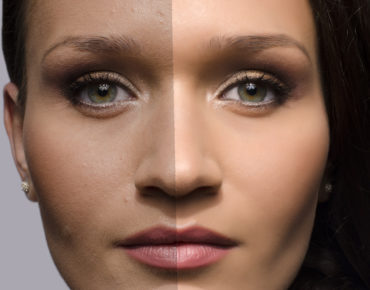Adobe Trains Neural Nets to Spot Fakes

via Shutterstock
The folks who transformed digital imagery nearly three decades ago with the introduction of Adobe Photoshop are now using deep neural networks to help detect doctored faces and other faked imagery.
Add newer social media technologies to the mix, the company notes, “and those falsehoods fly faster than ever.”
Adobe researchers are working with counterparts at the University of California at Berkeley on a method for detecting doctored images created using a popular Photoshop that allows users to adjust and exaggerate facial features.
With the rise of “Fake News” and social media disinformation campaigns, Adobe (NASDAQ: ADBE) has been focusing its image manipulation detection efforts on basic tactics that include image splicing, cloning and removal.
“Every image has its own imperceptible noise statistics,” said Vlad Morariu, a senior research scientist at Adobe. “When you manipulate an image you actually move the noise statistics along with the content. We can actually identify these very small differences.”
Since Adobe Photoshop pioneered the manipulation of images, the company asserts it is uniquely positioned to provide tools to identify doctored images.
Read the full story here at sister web site Datanami.
Related
George Leopold has written about science and technology for more than 30 years, focusing on electronics and aerospace technology. He previously served as executive editor of Electronic Engineering Times. Leopold is the author of "Calculated Risk: The Supersonic Life and Times of Gus Grissom" (Purdue University Press, 2016).










